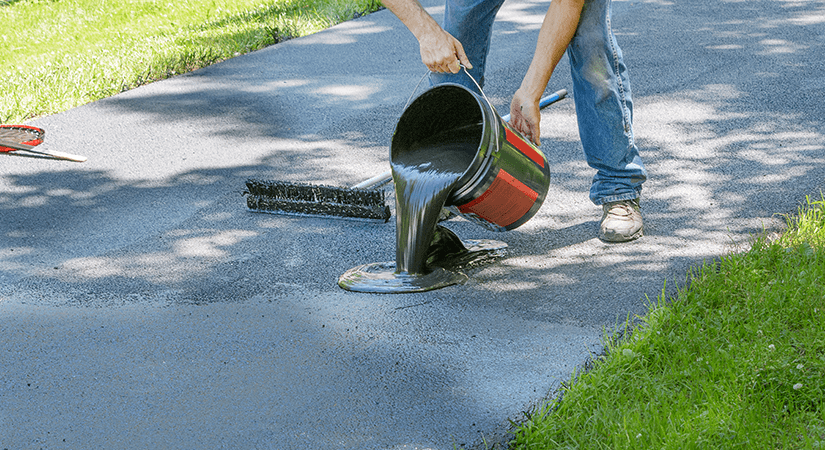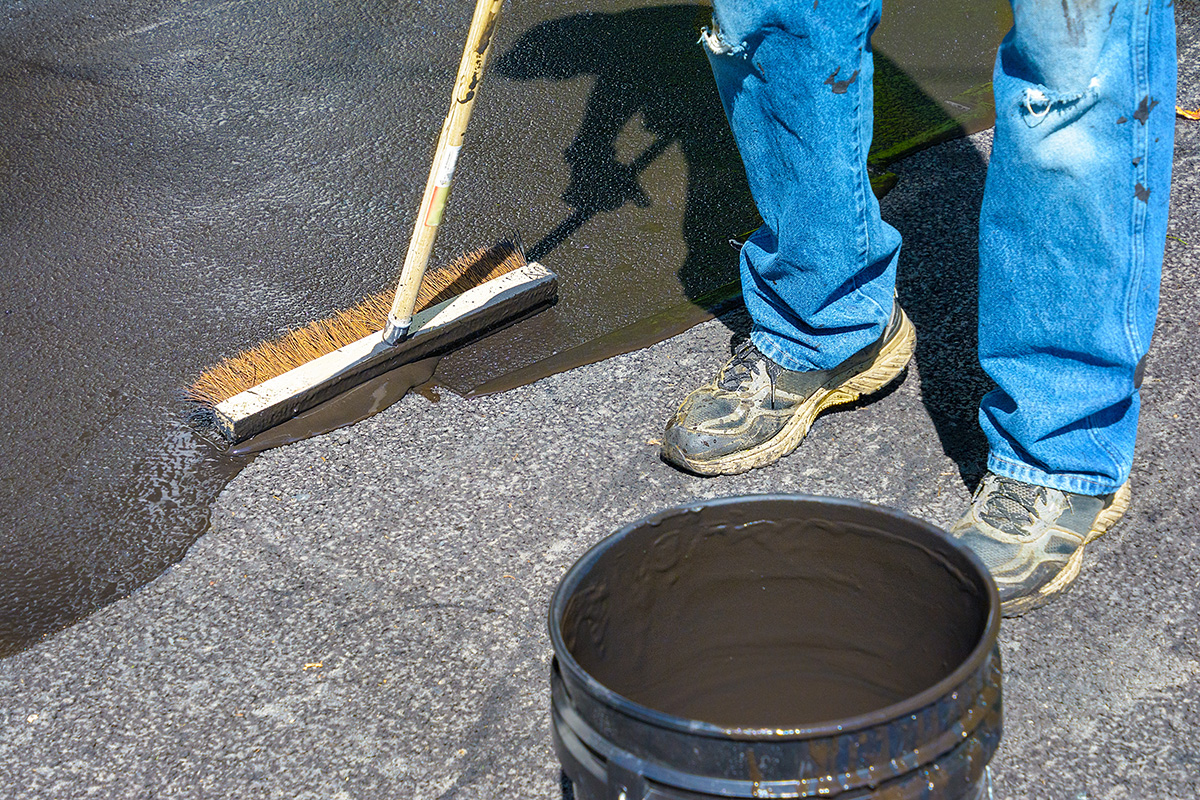Improve Durability with Cold Mix Asphalt: Specialist Sealing Solutions
Improve Durability with Cold Mix Asphalt: Specialist Sealing Solutions
Blog Article
Cold Mix Asphalt Vs. Hot Mix Asphalt: Which Is Right for You?

Structure Differences
Cold mix and warm mix asphalts vary dramatically in their make-up, with distinct features that impact their efficiency and applications. Cold mix asphalt is generated by emulsifying the asphalt binder with water and an emulsifying agent before mixing it with accumulation. This technique permits for the asphalt to be practical at lower temperatures, making it optimal for momentary fixings and for usage in chillier weather. Hot mix asphalt, on the other hand, is manufactured at high temperature levels, usually in between 300-350 ° F, which assists to achieve far better compaction and a more resilient last item. The hot mix asphalt production procedure entails heating up the aggregate and asphalt binder independently before combining them at the asphalt plant.
Moreover, cold mix asphalt often tends to be much less thick and a lot more adaptable than warm mix asphalt. This versatility makes it much better fit for areas with higher levels of movement, such as driveways or roadways with rush hour. On the other hand, hot mix asphalt is recognized for its high resilience and resistance to rutting and breaking, making it a preferred selection for freeways and high-traffic roads where longevity is essential.
Installation Refine Variations
The procedure of installing cool mix and warm mix asphalt exhibits notable variations in their needs and treatments. In comparison, warm mix asphalt requires an extra intricate installation process. Due to the heating demands, hot mix asphalt installments are normally lugged out by experts with specific tools, guaranteeing an extra irreversible and structurally sound result.
Toughness and Durability Aspects
When thinking about asphalt options, toughness and long life are crucial elements to assess for lasting pavement performance,. Warm mix asphalt (HMA) is known for its exceptional longevity and long life. The heats during the laying and blending procedure enable for better compaction, leading to a denser and stronger sidewalk structure. This leads to HMA being a lot more immune to rush hour lots, severe weather, and the impacts of aging compared to chilly mix asphalt (CMA)
In terms of durability, HMA typically exceeds CMA because of its exceptional stamina and resistance residential or commercial properties. HMA sidewalks have a longer life span, calling for less frequent repairs and upkeep, which can have a peek at this website convert to cost savings in the future. Furthermore, HMA sidewalks are more quickly adjustable to fulfill certain job demands, better improving their sturdiness.
Expense Considerations
Thinking about the economic implications is a crucial aspect when evaluating the choice between hot mix asphalt (HMA) and cool mix asphalt (CMA) for sidewalk tasks. While the first price of warm mix asphalt is typically greater than that of cool mix asphalt, HMA frequently offers a much more economical solution in the future due to its premium durability and longevity. HMA is understood for its capability to endure rush hour tons and harsh weather, decreasing the need for frequent repair services and upkeep. On the various other hand, chilly mix asphalt is much more affordable ahead of time yet may need even more constant patching and resurfacing, resulting in higher maintenance prices with time.
In enhancement to material prices, it's important to think about click here now the costs linked with setup and upkeep when contrasting HMA and CMA. Inevitably, the decision between HMA and CMA need to take into account not just the initial expense yet also the lasting monetary ramifications to determine the most cost-effective choice for the specific pavement project.
Environmental Impact Contrast
Contrast of the ecological effects in between hot mix asphalt (HMA) and cold mix asphalt (CMA) discloses unique distinctions in sustainability techniques. HMA production needs high temperature levels, leading to boosted energy usage and greenhouse gas exhausts.
Furthermore, the use of CMA page typically entails reusing existing asphalt sidewalk, advertising resource conservation and reducing the quantity of waste sent out to garbage dumps. By choosing for CMA over HMA, roadway construction tasks can contribute positively to ecological conservation efforts.
Conclusion
In conclusion, the option between cool mix asphalt (CMA) and warm mix asphalt (HMA) relies on numerous variables such as composition, setup process, sturdiness, durability, expense, and ecological influence. cold mix asphalt. While CMA provides a cost-effective and fast option for small repairs, HMA guarantees superior sturdiness and long life for rush hour locations. Consider these aspects meticulously to determine which kind of asphalt is the ideal choice for your paving needs

Considering the economic effects is a crucial element when evaluating the selection between warm mix asphalt (HMA) and cold mix asphalt (CMA) for sidewalk jobs. While the first price of warm mix asphalt is commonly higher than that of cold mix asphalt, HMA typically offers a much more affordable service in the lengthy run due to its exceptional toughness and long life. angle parking.Contrast of the environmental effects between warm mix asphalt (HMA) and chilly mix asphalt (CMA) exposes unique distinctions in sustainability methods.In verdict, the selection between cold mix asphalt (CMA) and hot mix asphalt (HMA) depends on numerous aspects such as composition, setup process, resilience, long life, price, and ecological influence
Report this page